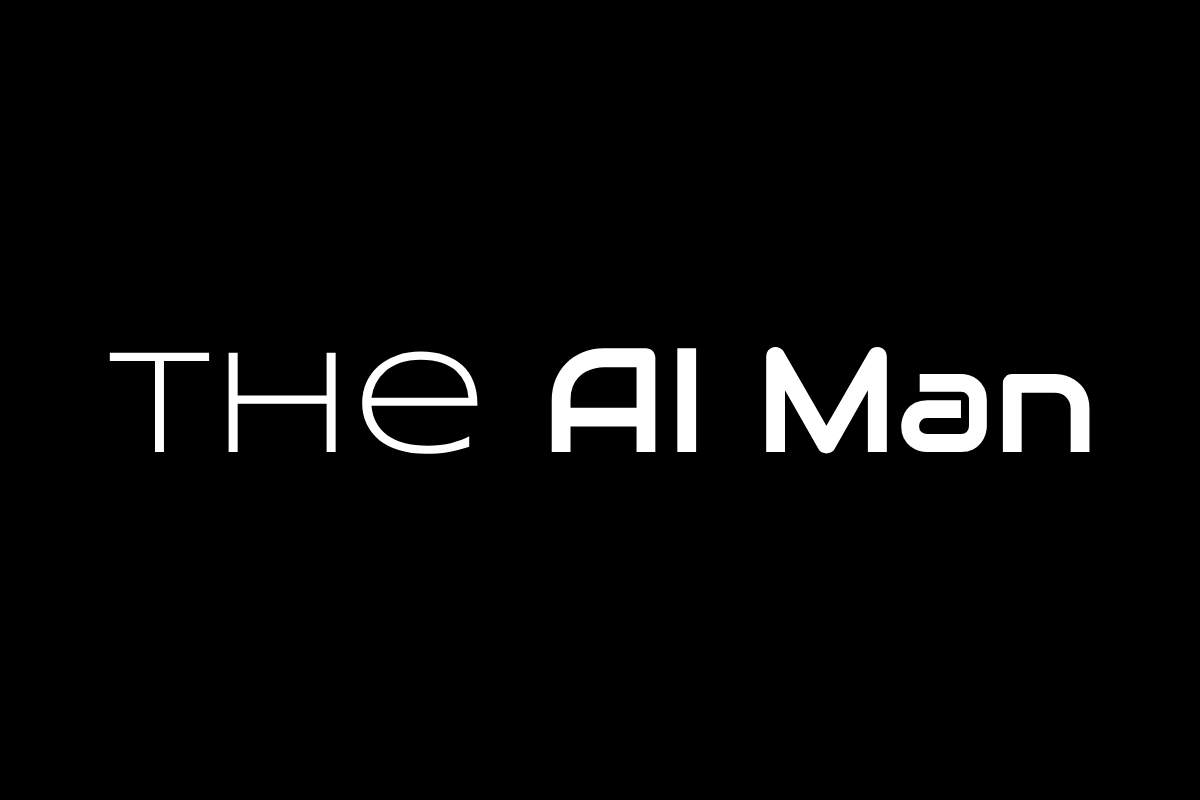Picture this: an AI tool that says "yes" when others say "no." That's essentially what xAI's Grok-Imagine represents in today's heavily moderated AI landscape. When Elon Musk's company launched this image and video generator in August 2025, it deliberately chose a path that mainstream AI companies have avoided—minimal content restrictions.
The result? A tool that's generating millions of images while sparking intense debates about where creativity ends and responsibility begins.

What Makes Grok-Imagine Different
Think of Grok-Imagine as the rebellious cousin in the AI family. While competitors like Google's Veo and OpenAI's DALL-E act like strict librarians, carefully screening every request, Grok-Imagine operates more like an open art studio.
Here's what sets it apart:
Four distinct modes: Normal, Fun, Custom, and the controversial "Spicy" mode that allows adult-themed content
Lightning-fast generation: Creates images in seconds with continuous variations as you scroll
Video capabilities: Transforms images into 6-15 second clips with auto-generated sound
Minimal restrictions: Processes requests that other platforms typically reject for policy violations
The tool runs on xAI's Aurora architecture—an autoregressive model trained on billions of internet images. Unlike traditional text-to-video systems, Grok-Imagine works by first creating an image, then animating it with motion and sound effects. Users can access it free through the Grok mobile app, though this free access may be temporary.
What's particularly striking is the "Spicy" mode. While it's not a free-for-all, the system still blurs extremely explicit content and blocks some celebrity deepfake attempts—it allows content creation that would be immediately rejected by mainstream platforms.

Content moderation levels across major AI image generators (1-10 scale, where 10 = maximum restrictions)
The Industry Divide: Safety vs. Freedom
The launch of Grok-Imagine has essentially created two camps in the AI world, each with compelling arguments about how these powerful tools should operate.
The freedom advocates argue:
Excessive content moderation stifles legitimate creativity and artistic expression
Many artists and creators face constant frustration with overly broad safety policies
Innovation requires pushing boundaries, not playing it safe
Users should have agency over their creative tools rather than being "nannied" by AI systems
The safety-first camp counters with serious concerns:
Easy creation of non-consensual intimate images, particularly targeting public figures
Potential for sophisticated misinformation campaigns using fake political imagery
Legal vulnerabilities around personality rights and copyright violations
Broader societal risks to democratic discourse and individual privacy
The numbers tell an interesting story. The AI image generation market is projected to reach $63.29 billion by 2030, growing at 38.16% annually. This massive growth makes the content moderation debate more than philosophical—it's about billions of dollars in market positioning.
Currently, North America dominates with 38% market share, but Asia-Pacific regions show the fastest growth rates. Grok-Imagine's approach could either capture frustrated users from restricted platforms or face regulatory backlash that limits its expansion.

AI Image Generation Market: Global Growth
Real-World Impact and Market Response
The proof of Grok-Imagine's controversial appeal lies in its rapid adoption. Within months of launch, users have generated over 34 million images—a staggering number that demonstrates significant pent-up demand for less restricted AI tools (Elon Musk statement).
This success is already reshaping competitive dynamics:
Traditional platforms face pressure to reconsider their restrictive policies
New market segments are emerging around "creative freedom" positioning
Regulatory bodies worldwide are reassessing AI governance frameworks
Legal precedents around AI-generated content liability are rapidly evolving
The economic implications extend beyond xAI itself. Companies that built their strategies around heavy content moderation may find themselves losing users to more permissive alternatives.
Enterprise adoption presents another complexity. While xAI offers stronger data protection guarantees for business users—including commitments not to use content for training and 30-day data retention policies—many organizations remain wary of association with controversial content generation capabilities.

Looking Ahead
The choices made today about AI governance will determine whether artificial intelligence becomes a tool for unprecedented creative freedom or requires extensive regulatory oversight. Grok-Imagine has permanently altered this conversation, forcing everyone—competitors, regulators, and users—to reconsider the balance between innovation and responsibility in our increasingly AI-driven world.
Whether Musk's bet on unfiltered AI proves visionary or problematic remains an open question. What's certain is that the genie is out of the bottle, and there's no going back to simpler times when AI content creation was a distant concern rather than a daily reality shaping how we create, communicate, and express ourselves.
You heard it here first! 📰

